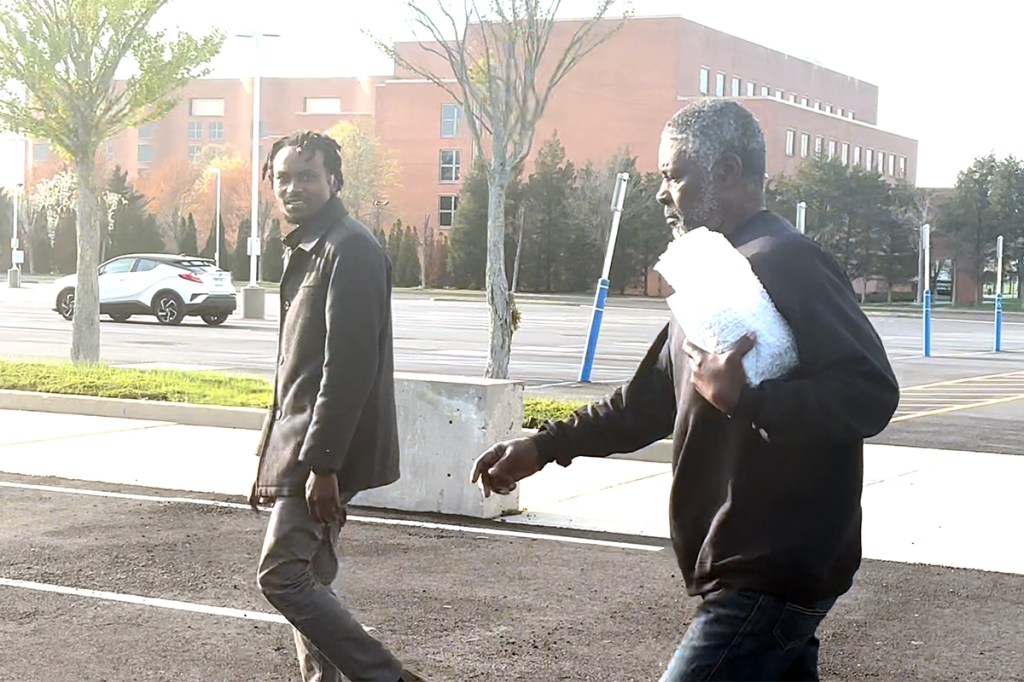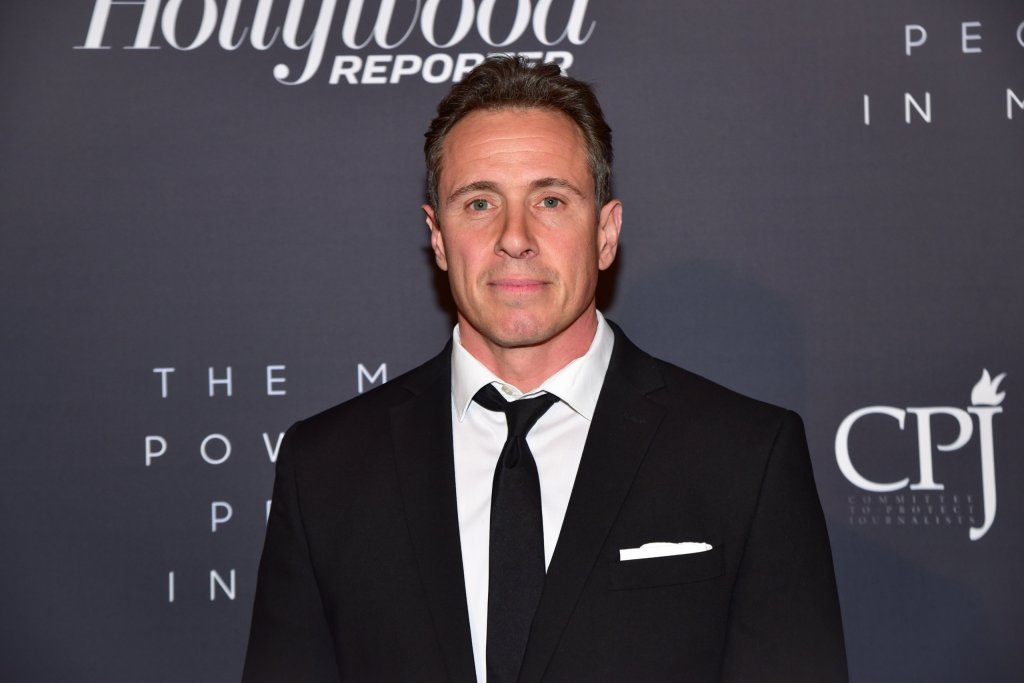Who's Here: Dr. Blake Kerr

What makes a person raised in a traditional family, headed down one path, veer from that road, and have such empathy for a people in a far away land, spending the better part of his life, trying to right a very terrible wrong?
For Dr. Blake Kerr, local physician, his eyes were opened to the atrocities that have befallen the people of Tibet, a genocide no one could witness and be the same after, ever again. It all started when as a student at Dartmouth, his friend and fellow student, John Ackerly, suggested rock climbing in Peru, for college credit. Why not?
Going to Everest would follow, an innocent though arduous trip, without equipment, “tough overland travel,” that fulfilled a dream of seeing Tibet. The trip would compel him to return to Lhasa, the capital, again and again, trying to help a situation most people would run from and never look back. That is not who Blake Kerr is.
He was born in 1958, in Ithaca, New York, to a “very Catholic” mother, an artist and sculptor based in Springs, and a Protestant lawyer father, he would lose at age 15. He has two siblings. Kerr’s brother is a University professor and his sister teaches at a Montessori school. Hardly radical professions. But neither is being a doctor in a small town. That was Plan B.
Kerr’s Plan A was to become a marine biologist. He loved the sciences and he loved school. A change of heart led him to “go to medical school and maybe marry a doctor.” Eventually he hoped to open a holistic clinic with juice fasting and healing. The clinic has not come to pass, but “I still hold the dream in my soul,” says Kerr.
He reached young adulthood in Springs, left for Dartmouth and became a doctor. And he read books on Tibet, like John Avedon’s In Exile from the Land of Snows, and Heinrich Harrer’s Seven Years In Tibet. A spark was lit.
It was 1987, he was in Tibet, which was open for tourism that year, but he saw much more than the sights. Chinese was the only language allowed in the schools. Buddhist monks not allowed to practice their religion, were reduced to tour guides. But it was the demonstrations in Lhasa that would compel him to act.
Public executions were commonplace. The tongues of Tibetan people were cut out. In a large stadium, people were forced to witness victims being shot in the head and the family charged for the bullet.
Kerr’s presence there, as a Westerner, would cost him. His buddy, John Ackerly, had a “Free Tibet” sticker on his backpack. This was a crime. He and Kerr were hauled off the street and interrogated for two days by the Chinese police. A stroke of luck, a couple headed for Hong Kong, who they met in the hotel, took the story with them. Kerr and Ackerly escaped in the middle of the night, through a window. They had photographs Ackerly took, footage of the beatings and stories of the tortures. The violence was not over.
The Jokhang Temple was the scene of executions. Monks were dragged inside and shot. The streets were in an uproar again. Police were firing into the crowd from rooftops. Kerr documented 12 deaths that took place in front of him. He tried to save two young boys, one only 10, who had been shot. He died. The other boy was beaten in the head and face so badly by a policeman’s truncheon, he would die before Kerr could save him. The blood on his hands would not wash away for days. He lost his mind. The crowd of Tibetans turned on the police. It was AK-47s versus rocks. Impossible. “There was a brief moment of euphoria,” Kerr says, “the police turned and ran.” The next day, there were door-to-door interrogations. A torture spree ensued. Kerr and Ackerly set up a medical underground. Then, over the airwaves, on Xinhua radio, Kerr heard his own name. He was now a fugitive.
He and Ackerly would make their way to Katmandu and finally Nepal, where they would meet the Dalai Lama. He would learn of the middle path, or madhyam marg, a Buddhist belief that the Dali Lama says is the answer. Tibet does not need independence, per se, he says, but it cannot tolerate China’s presence as it stands, either. They must be allowed to practice their religion and preserve their culture. Kerr believes the middle way is not working. Tibet, to China, is considered “jing jong,” or “The Western Treasure House,” due to its vast uranium, gold, and of course, its strategic military location, for launching nuclear weapons, and its close proximity to India. With utmost respect for this spiritual leader, Kerr would hear his words and remember the violence and suffering in Lhasa. “…it changed my life. The events I witnessed, opened up the tangential path.”
Back in the Hamptons, he would not rest. The memory of stories of forced abortions and sterilizations, haunted Kerr. Babies killed upon their birth. He had to go back and do something. First he would go to Washington, and speak at universities, with Ackerly. They talked about Tibetan refugees in India, whose stories they heard. But who would believe these refugees? They needed hard evidence. He would return to Tibet in 1991, ’92, ’93 and ’99, armed with a video camera. His first wife, now the mother of his two teenage children, would join him. Both were human rights activists; but first they would get engaged at the Potala Palace, the former home of the Dalai Lama, before his exile to India. His present wife, who hails from Thailand, has not been to Tibet with him, as he is persona non grata there.
Years of documentation of the atrocities to the Tibetan people that Kerr collected, was recently given to a judge, as testimony at the trial of Chinese officials, in the Spanish National Court, in Madrid. CAT, Comite de Apoyo al Tibet, launched the campaign, which led to the trial. Under the principle of Universal Jurisdiction, which states: “every country has a moral and legal obligation to stop genocide. It is a crime against humanity.” Twenty-five kilos of evidence was accepted by the judge from Kerr. What will be the result? Time will tell. He notes, “It is very hard to try heads of state for crimes against humanity.”
The words of his late father speak to Kerr, “Find a way to persevere.” Does he have a mantra? I asked him. “When an obstacle is placed in front of you, find a way around it. Go over the wall, build a tunnel. But find a way.” His way, is to record for all posterity, what he has seen and learned through his book on Tibet, Sky Burial and through a documentary film, The Angry Skies, shown at the Hamptons Film Festival. He has also written a soon-to-be-published book of the same title, about the murder of two million people under the Khmer Rouge regime.
Here in the Hamptons, Dr. Kerr, enjoys beach walks, growing vegetables, and being in nature with his family. “Spirit in the face of adversity is what the Tibetan people taught me. Spirituality 101.” Whether there is truly a “shift” happening, and an age of enlightenment coming, remains to be seen. But the alternative has done no one any good. “We have the potential for enlightenment,” he says. “It has to come from within.” As they say in Sanskrit: Satya-Yuga, the age of truth and goodness.



